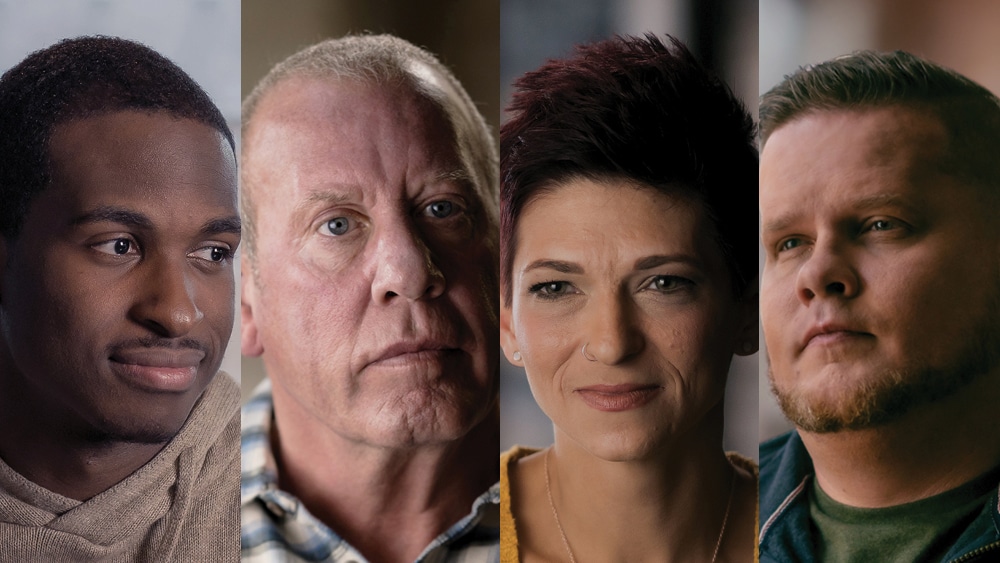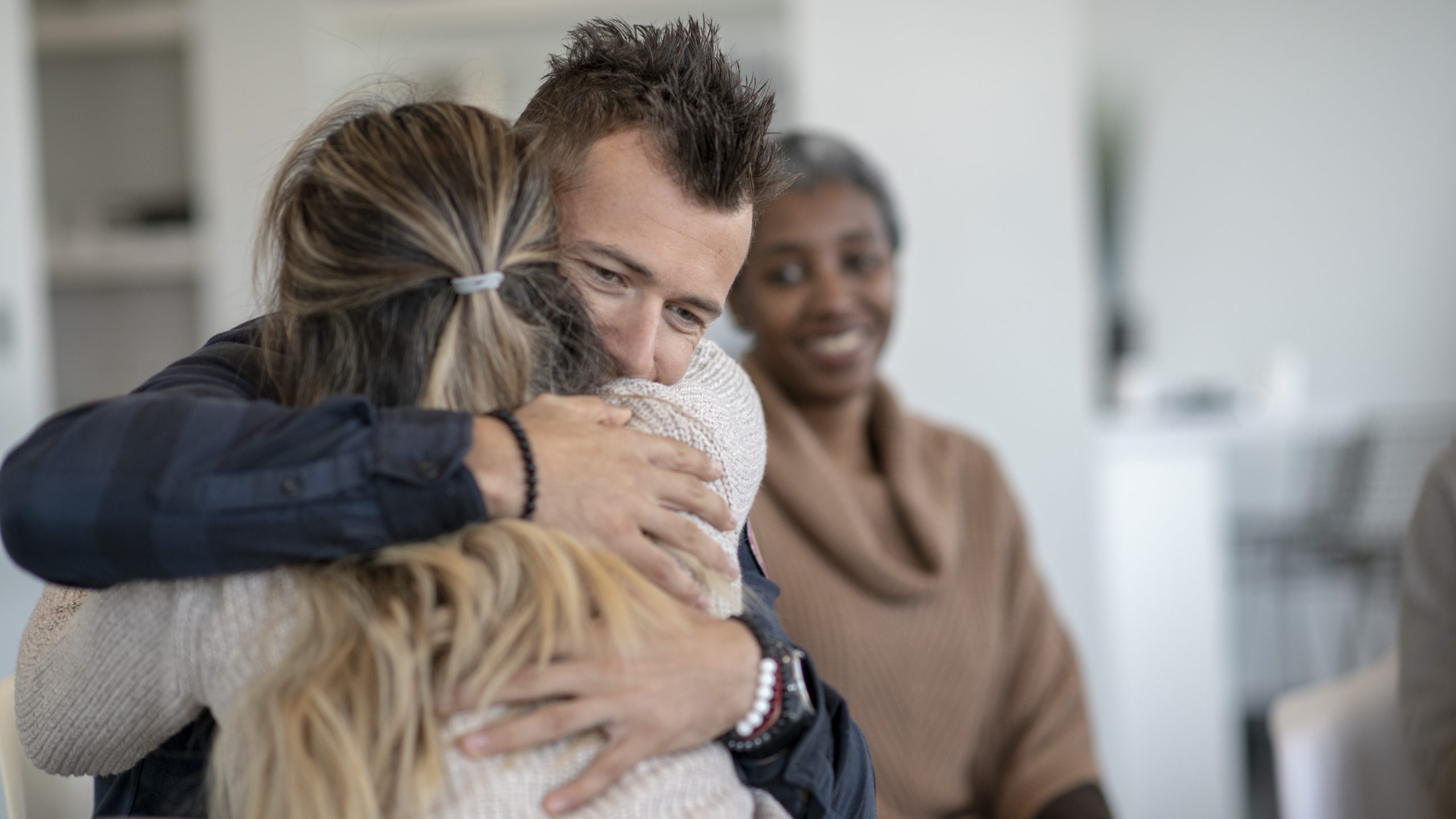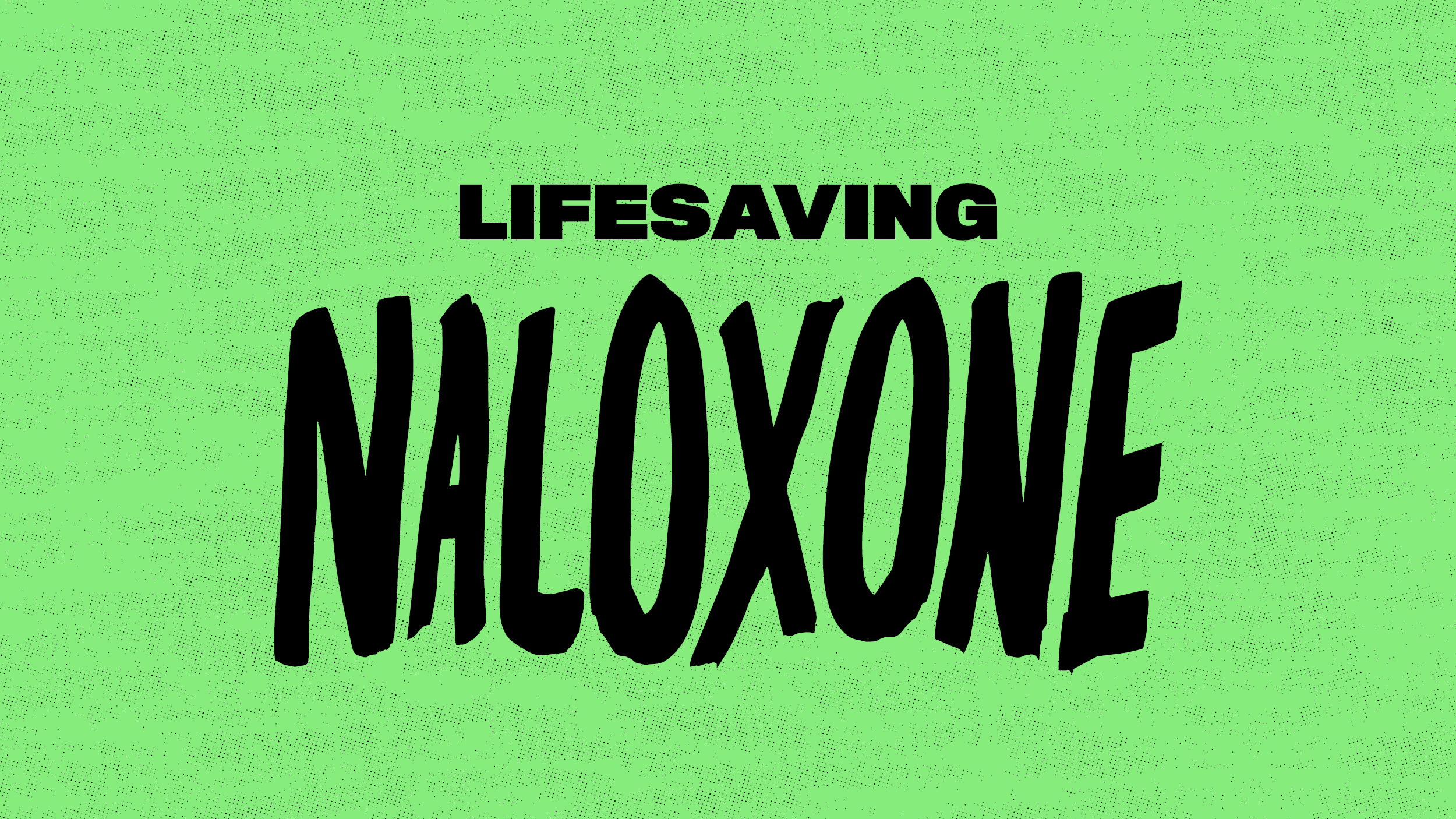At a glance
This page provides information on how to reduce the risks that can be associated with opioids.
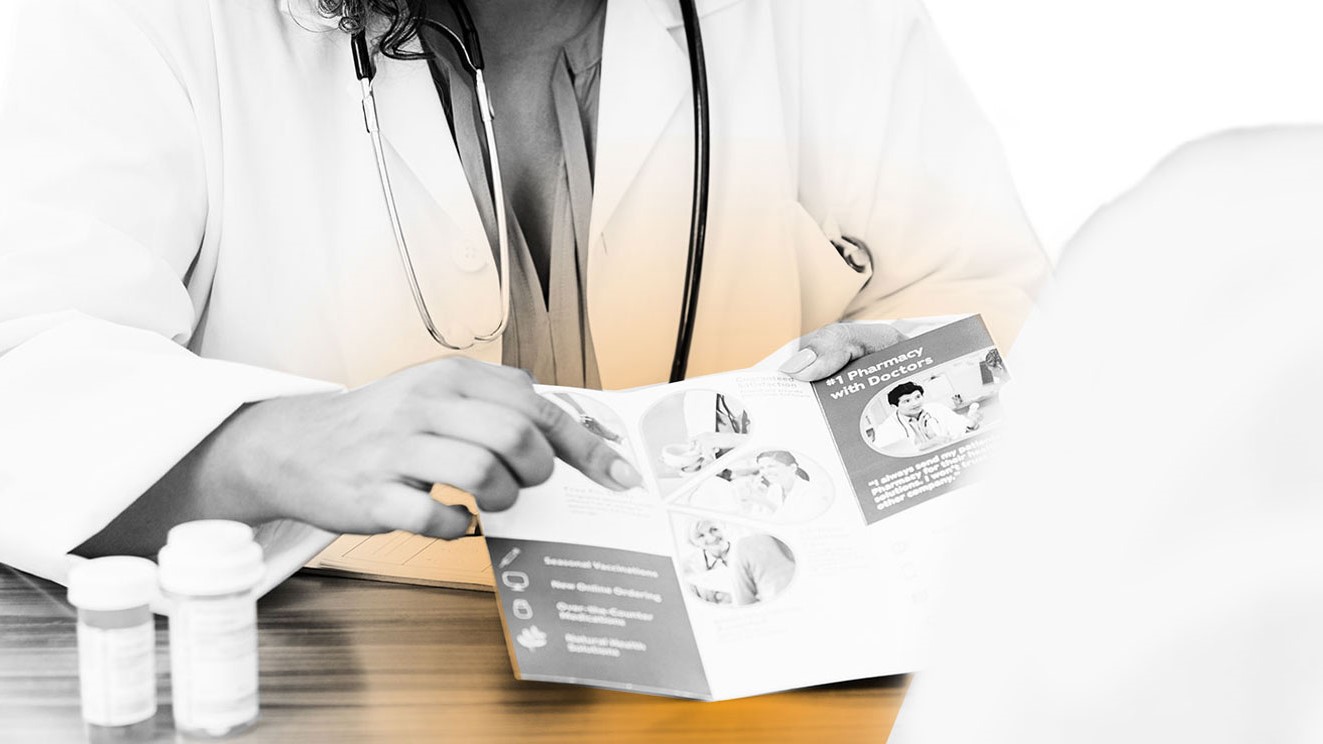
Help prevent prescription opioid misuse
Create a pain management plan
Clinicians should always involve patients in decisions about whether to initiate or continue opioid therapy, including discussing any side effects, concerns, and the benefits and risks of changing opioid dosage. You can work with your doctor to create a pain management plan if you are prescribed opioids for your pain. Also, always let your doctor know about any side effects or concerns you may have about using opioids.
Find help and treatment
Take and store opioids properly
- Never take prescription opioids in greater amounts or more often than prescribed.
- Avoid taking opioids with alcohol and other substances or medications. It is very dangerous to combine opioids with other drugs, especially those that cause drowsiness, such as:
- Benzodiazepines (such as Xanax® and Valium®)
- Muscle relaxants (such as Soma® or Flexeril®)
- Sleep aids (such as Ambien® or Lunesta®)
- Other prescription opioids
- Benzodiazepines (such as Xanax® and Valium®)
- Do not share or sell your prescription opioids.
- Store prescription opioids in a secure place, out of reach of others (including children, family, friends, and visitors).
- Dispose of unused prescription opioids at the end of your treatment. Find your community drug take-back program or your pharmacy mail-back program, or flush them down the toilet following guidance from the Drug Disposal: FDA's Flush List for Certain Medicines | FDA
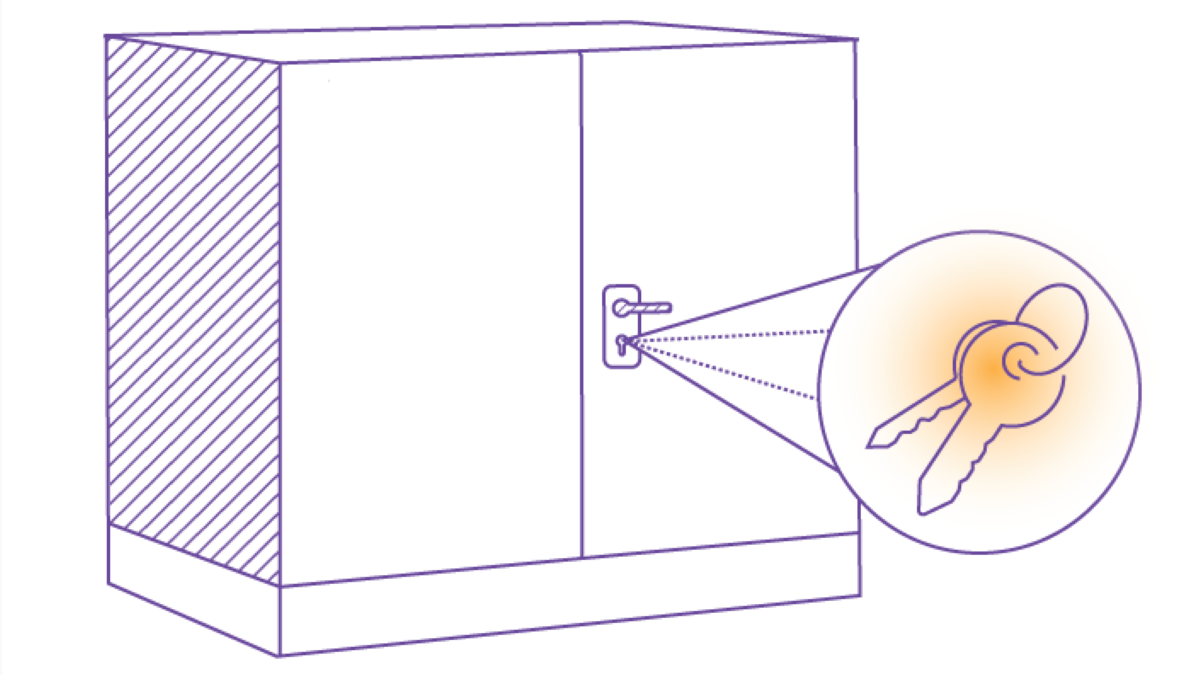
Prevent opioid use disorder and overdose
Millions of people in the United States are living with opioid use disorder (OUD). Among people aged 12 or older in 2022, an estimated 6.1 million people had an OUD, a problematic pattern of opioid use that causes significant impairment or distress.1
OUD is a treatable, chronic disease that can affect anyone – regardless of race, gender, income level, or social class. A diagnosis of OUD is based on specific criteria such as unsuccessful efforts to cut down or control opioid use or opioid use resulting in a failure to fulfill obligations at work, school, or home, among other criteria.2
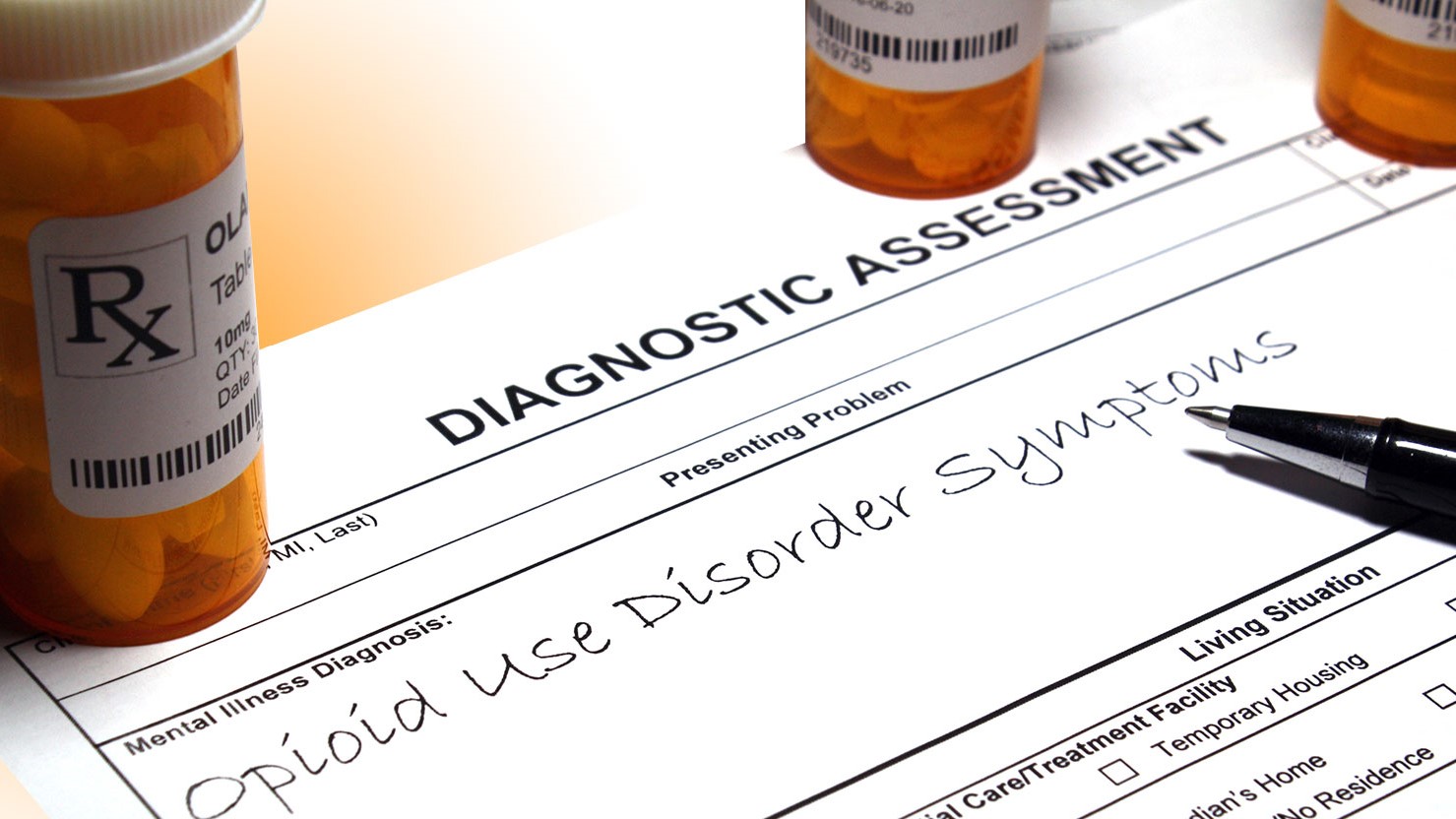
Recognizing signs of an overdose
Overdoses are a leading injury-related cause of death in the United States. Overdose deaths are preventable and preventing an opioid overdose death starts with being able to recognize the signs of an overdose. During an overdose, breathing can be dangerously slowed or stopped, causing brain damage or death.
Recognizing the signs of opioid overdose and acting fast can save a life. Here are some things to look for:
- Unconsciousness or inability to awaken
- Slow or shallow breathing or difficulty breathing such as choking sounds or a gurgling/snoring noise from a person who cannot be awakened
- Discolored skin (especially in nails or lips)
- Small, constricted "pinpoint pupils" that don't react to light
What to do if someone is overdosing
It may be hard to tell if a person is high or experiencing an overdose. If you aren't sure, it's best to treat it like an overdose— you could save a life.
- Administer naloxone, or another opioid overdose reversal medication, if available.
- Call 911 immediately.
- Try to keep the person awake and breathing.
- Lay the person on their side to prevent choking.
- Stay with the person until emergency workers arrive.
Factors that increase risk for an opioid overdose
Anyone who uses opioids can experience an overdose, but certain factors may increase risk that your clinician can consider when prescribing opioids:
- Having a history of overdose or a substance use disorder (SUD)
- Having sleep apnea or other sleep-disordered breathing
- Taking higher dosages of opioids (e.g., ≥50 MME/day)
- Returning to a high dose after losing tolerance (e.g., patients undergoing tapering or recently released from prison)
- Taking benzodiazepines with opioids
- Having kidney or liver failure
- Being 65 years and older
Naloxone factsheets and conversation starters for family and caregivers
Death from an opioid overdose happens when too much of the drug overwhelms the brain and interrupts the body's natural drive to breathe. You can teach your family members and friends how to respond to an overdose. Learn how and when to use naloxone, a life-saving medication that can reverse an opioid overdose.
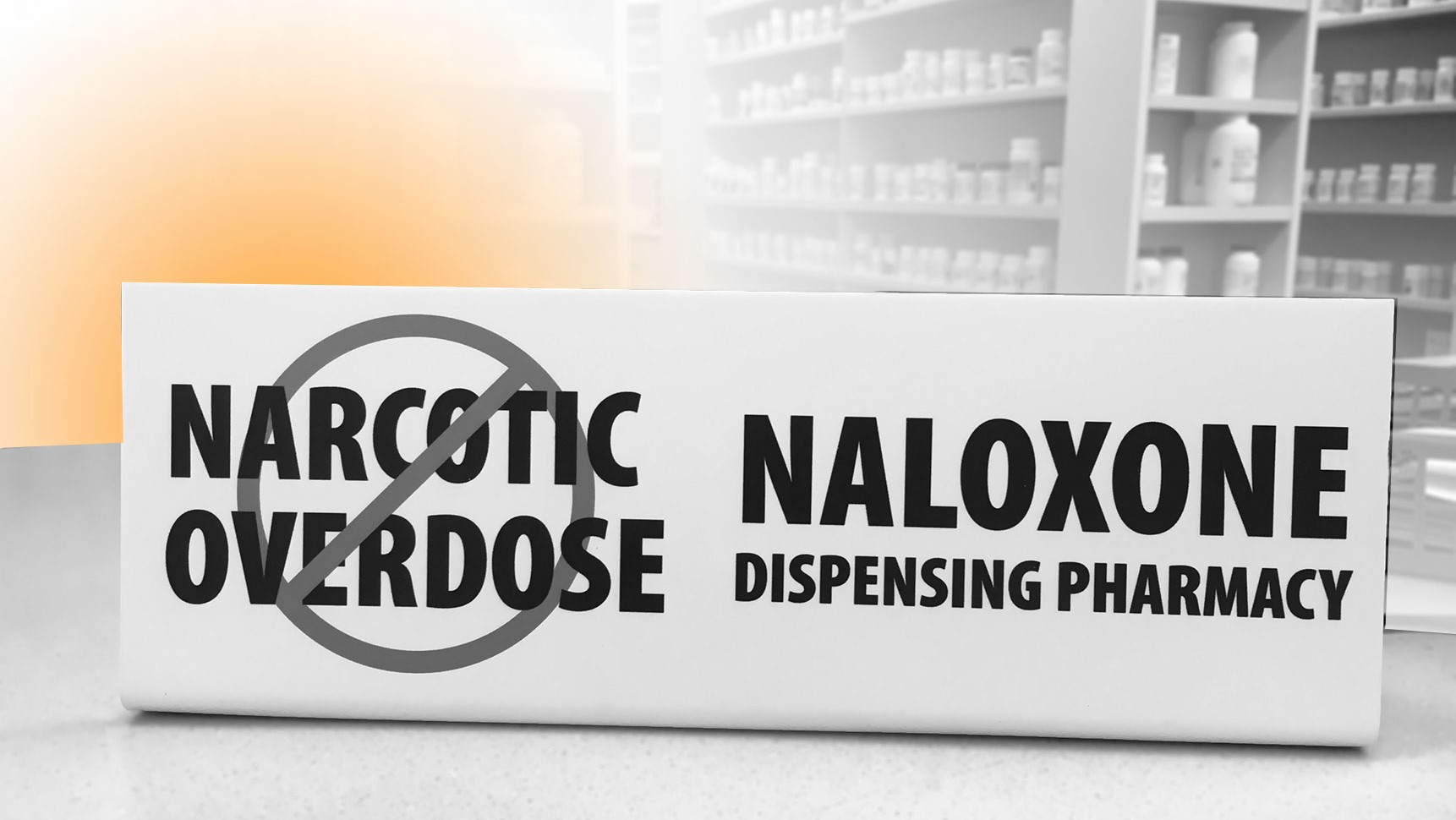
Additional resources
About The Rx Awareness Campaign
Treatment of Substance Use Disorders
Preventing Opioid Use Disorder
Patients' Frequently Asked Questions
- Substance Abuse and Mental Health Services Administration. (2023). Key substance use and mental health indicators in the United States: Results from the 2022 National Survey on Drug Use and Health (HHS Publication No. PEP23-07-01-006, NSDUH Series H-58). Center for Behavioral Health Statistics and Quality, Substance Abuse and Mental Health Services Administration. https://www.samhsa.gov/data/report/2022-nsduh-annual-national-report
- American Psychiatric Association. Diagnostic and statistical manual of mental disorders. 5th ed. Arlington, VA: American Psychiatric Publishing; 2013.

